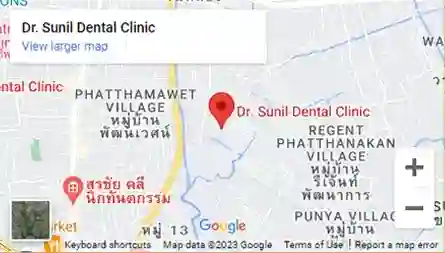Surgical Tooth Extraction
The most common reason for surgical tooth extraction is severe damage caused by decay or breakage. However, several other dental conditions may require this procedure to protect overall oral health and function.
Reasons for Surgical Tooth Extraction
- Severe tooth decay or infection
- Advanced gum disease affecting tooth stability
- Teeth located within a fracture line
- Preparation for orthodontic treatment (braces)
- Teeth with poor appearance or alignment issues
Types of Extractions
Simple Extraction
A simple extraction is performed on teeth visible in the mouth. It is typically performed under local anesthesia, using specialized instruments to gently elevate and grasp the tooth for removal.
Surgical Tooth Extraction
A surgical tooth extraction is required when a tooth cannot be easily accessed — either because it has broken below the gum line or has not fully erupted. This type of procedure often requires a small incision in the gum. During a surgical tooth extraction, the dentist carefully lifts the soft tissue and, in some cases, removes a small portion of the bone to reach the tooth. If necessary, the tooth may be sectioned into smaller pieces to facilitate safe and efficient removal.
After a surgical tooth extraction, patients should rest for a full day and avoid physical activity for 12–24 hours. Some tenderness and minor bleeding are normal during the initial healing phase. A gauze pad will be placed over the area to help control bleeding, and patients should maintain gentle pressure, replacing the gauze every 30–45 minutes as needed.
It’s common to notice what seems like a lot of blood, but this is often due to saliva mixing with small amounts of blood — it may look more dramatic than it really is. Slight bleeding during the first day is normal. Avoid rinsing for the first 24 hours; after that, gently rinse with warm salt water. Stick to soft foods or liquids for the first couple of days and apply an ice pack for 15 minutes to minimize swelling.
Wisdom Tooth Surgery
When removing wisdom teeth, the surgeon makes a small incision in the gum tissue and may remove any bone covering the tooth. The connecting tissue is carefully separated, allowing for precise removal. In some cases, the tooth is sectioned into smaller pieces for easier extraction.
Wisdom surgical tooth extraction helps prevent:
- Crowding of the back teeth
- Impaction of wisdom teeth that remain trapped under the gums
- Painful, swollen, or infected gums caused by partially erupted wisdom teeth
Recovery and Healing
The gum tissue generally heals within 3–4 weeks, while the bone may take up to 6 months to fully recover. The healing process varies depending on the complexity of the surgical tooth extraction and the individual’s overall health. Some patients may feel a sharp edge or small bone fragment near the extraction site as healing progresses — this is normal and typically resolves naturally.
Post-Extraction Care: What to Avoid
- Refrain from smoking, as it delays healing and may dislodge the blood clot.
- Avoid alcohol for 24 hours to support proper recovery.
With the right aftercare and professional guidance, surgical tooth extraction promotes long-term oral health, comfort, and confidence in your smile.
FILL UP THE FORM















